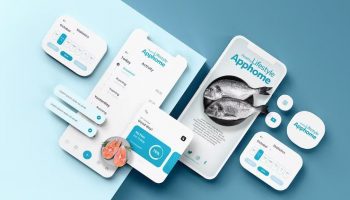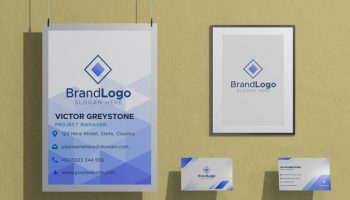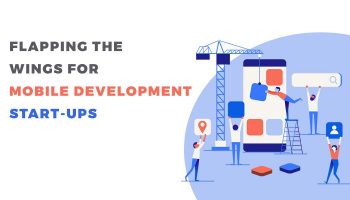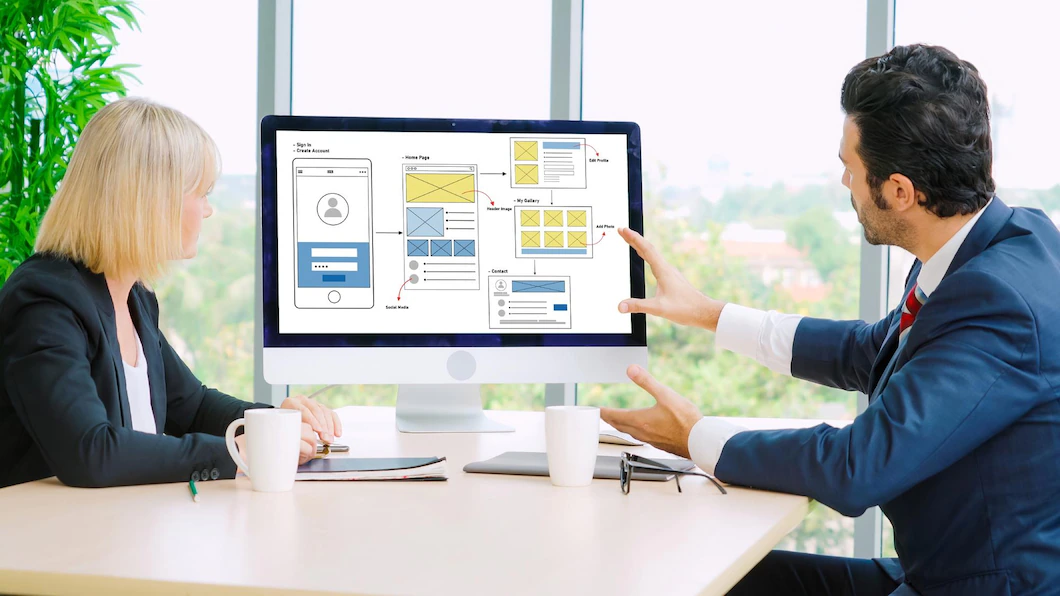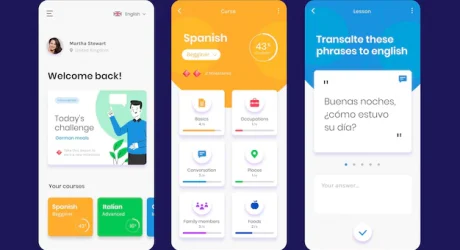The use of the Agile development methodology has become an integral part of complex software projects, enabling teams to quickly and efficiently create highly functioning products. However, UX design may often be ignored or treated as a minor component in Agile processes due to its perceived role as something secondary to code creation. But this couldn’t be farther from the truth: incorporating UX methods into Agile workflows is essential for creating user-friendly products with maximum success. In this blog post, we’ll discuss why including UX consideration throughout the entirety of agile development can pay long-term dividends and how you can ensure that it becomes a seamlessly integrated part of your overall workflow.
Introducing UX Design To Agile Development Processes
In order to stay ahead in today’s fast-paced software development world, it is essential to be agile and responsive to changing user needs. However, this often comes at the cost of a robust user experience, which is becoming increasingly important to users. That’s where UX design comes in. By incorporating UX design into agile development processes, teams can create products that are not only functional and efficient, but also enjoyable and intuitive to use. UX design can help identify user needs, refine product features, and create a more coherent and aesthetically pleasing final product. While it may require some adjustments to existing practices, introducing UX design to agile development processes can ultimately result in a higher quality product and a more satisfied user base.
Understanding The Core Principles Of UX Design

In today’s fast-paced digital world, creating a seamless user experience (UX) has become more critical than ever before. As a result, understanding the core principles of UX design has become an essential skill for web designers and developers alike. A great UX design should be intuitive, easy to navigate, and visually appealing, while still being functional. These principles are based on user-centered design, which means putting the user’s needs front and center. A good UX design is not only about creating visually pleasing websites, but also about providing a positive and meaningful user experience that keeps the user coming back. By understanding the core principles of UX design, we can build digital products that help users achieve their goals easily and efficiently.
Evaluating The Benefits Of Incorporating UX Design In Agile Workflows
As businesses strive to remain competitive in an ever-evolving digital landscape, they are turning to agile workflows to streamline operations and enhance productivity. With the rise of agile methodologies, it has become increasingly important to incorporate user experience (UX) design into the development process. UX design allows businesses to create products that are tailored to the needs of their users, resulting in higher levels of customer satisfaction and increased revenue. By integrating UX design into agile workflows, teams are able to work more efficiently and effectively, creating products that not only meet the needs of their users but also align with the business’s objectives. Evaluating the benefits of incorporating UX design in agile workflows is therefore crucial for businesses that want to stay ahead of the game in today’s ever-changing digital landscape.
Identifying Potential Challenges & Mitigation Strategies
As professionals, it is important to be proactive in identifying potential challenges that may arise in any project and to have mitigation strategies in place to address them. Some common challenges that can occur include unexpected budget changes, scope creep, and team member turnover. To mitigate these challenges, it is important to have a well-defined project plan, clear communication channels, and regular check-ins to ensure that everyone is on the same page. Additionally, having contingency plans in place can help to address unforeseen challenges that may arise. By identifying potential challenges and implementing mitigation strategies, we can increase the likelihood of project success and minimize any negative impacts.
Implementing UX Design Best Practices In Agile Teams
In today’s fast-paced development environment, agile methodology is becoming increasingly popular for software development teams. However, incorporating user experience (UX) design best practices into an agile workflow can sometimes be a challenge. As UX designers begin to collaborate more closely with developers in agile teams, it’s important to strike a balance between design and development priorities. Eleken company recommends that teams focus on creating high-quality user interfaces and experiences by having UX designers work side-by-side with developers. This allows for faster iteration cycles, more informed decision-making, and ultimately a better end product. By implementing UX design best practices within an agile framework, teams can ensure that user needs are being met while maintaining a rapid pace of development. This requires a coordinated effort to prioritize user research, design sprints, and iterative testing alongside fast-paced development cycles. By bridging the gap between design and development, agile UX teams can deliver truly exceptional products that meet both user needs and market demands.
Wrapping Up – Creating A Holistic User Experience With Agile & UX Design
In today’s fast-moving tech industry, it’s essential to have a user-centered approach to create products that resonate with customers. Agile and UX design methodologies serve as the ideal toolkit for developing software that users love. With agile, you can iterate quickly and effectively, bringing up-to-date solutions to the table as a team. Meanwhile, UX design helps you get into the minds of the users and ensures that the product meets their needs. Combining these approaches creates a holistic user experience that is crucial for building an exceptional product. Remember that the customer is always at the forefront of your mind, and by using Agile and UX methodologies, you can create products that will keep them coming back.
In conclusion, UX Design is a great asset to organizations developing in the Agile space. A successful fusion of Agile and UX Design requires teams to be well-versed in the principles of each workflow plus have strong support from top management. It also requires everyone involved in the process to be open to new ways of problem solving and collaboration. With commitment from all parties, businesses can create powerful user experiences that help them reach their organizational goals but also keep their customers satisfied. So, if you’re looking for an edge in today’s competitive market, consider leveraging both Agile and UX Design – definitely a combination worth exploring!
Read Also:










